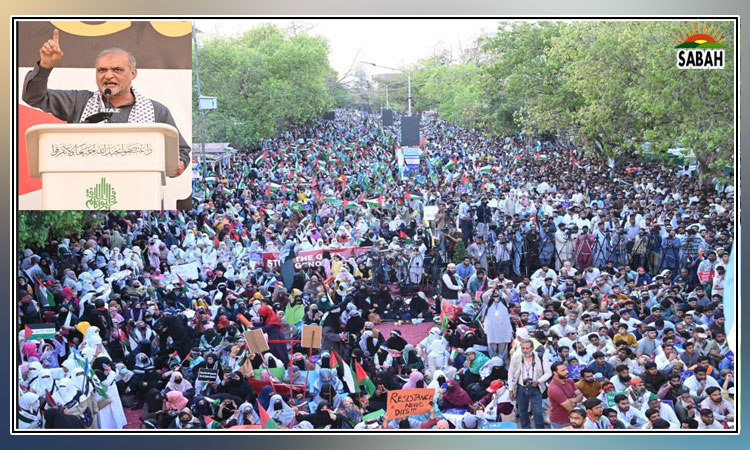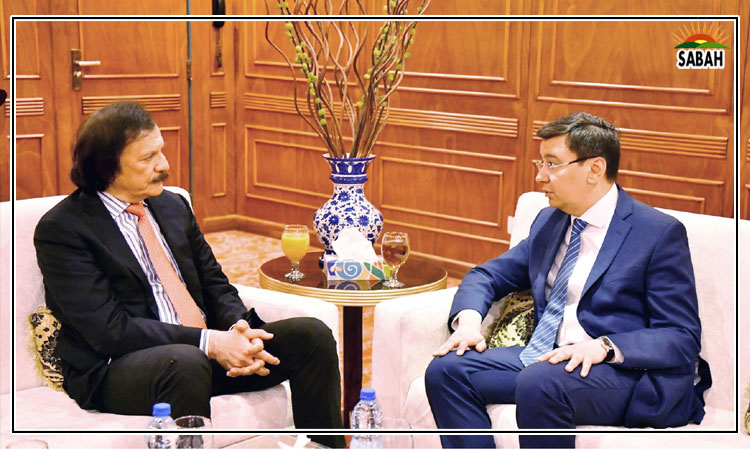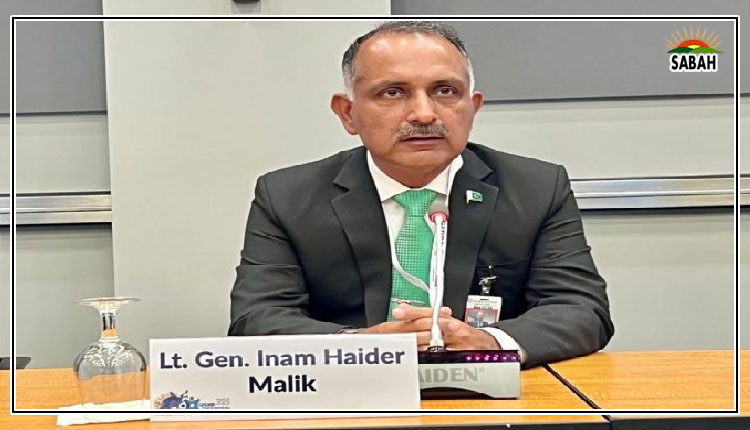NDMA delegation comprising Chairman NDMA & Member DRR NDMA visit World Bank (GFDRR), US State Dept, USAID & HQ FEMA
WASHINGTON, May 25 (SABAH): Chairman National Disaster Management Authority (NDMA), Lieutenant General Inam Haider Malik, HI (M), and Member DRR NDMA attended World Bank component Global Facility on Disaster Risks Reduction (GFDRR) and other interactive sessions with key partners at Washington DC, after conclusion of earlier visit to HQ UN at New York (that dealt with High Level Meet on Mid Term Review of Sendai Framework).
Chairman NDMA was a keynote panelist in GFDRR session, to share impressions on Pakistan’s performance after floods 2022 and building upon lessons there on to mitigate potential recurring disasters.
Key points:
1. Pakistan supports urgent realistic mid course correction in all global approaches to DRR and captive strategy building domains.
2. Disasters watch is global unclassified shared knowledge and be timely made available to all nations responders without discrimination.
3. Proactive planning and predictive modelling of impacts is critically needed for all nations, especially more vulnerable and comparatively fragile.
4. It’s imperative to team up all with knowledge and expertise on disaster management including academia, industry, volunteers, NGOs, private sector and public departments to embed their plans with local, cultural, ethnic and geographic realities and build cost effective solutions for pre and post disaster periods.
5. Updated data is benchmark for all realistic cross cutting planning. Key is to have similar perimeter of data building and all dimensional sharing with partners in planning.
6. Science interventions can build lots of working scenarios and trajectories to enable responders like NDMA to have predicated modelling and near accurate impact assessments. That would help in calculating area needs and building of stocks including defining precise intervention stages (quantitatively and timescaled) for enabling sun national level of organisation and execution of well rehearsed plan.
7. Private sector can take off part of the deliverance stress from public allocations, provided they are adequately co-opted and incentivized.
8. External financial instruments can also be extended with government visibility and fair audit and accountability mechanisms.
9. Pre-identification of potential vulnerabilities in high risk zones can be enabled with technology and proactive watch protocols. Post disaster impact data can be used to relate and determine accuracy of predictions. This would induce capacity maturing and value addition in credibility.
10. Multi lines of connecting operations along multiple tiers is the only yet complex solution to address poly disasters, sequential and simultaneous.
11. Global review is underway including World Bank financial strategy developments for DRR and other frameworks. It ought to include spontaneity and shared DRR instruments.
12. Pakistan case study has demonstrated default resilience and adaptation, merits extensive support and acknowledgement especially when it has reached out to Turkey and Syria in distress, though being in disasters distress itself.
13. Time has come for standardization and building forward on existing knowledge, capitalization of existing indigenous capabilities (host countries’ resident academia and responders)
14. Private sector, NGOs, indirect financiers, fund managers and on ground mangers need to be jacketed into protracted plan – connected for pre identified risks and prepared plans of actions for foreseeable potential disasters.












